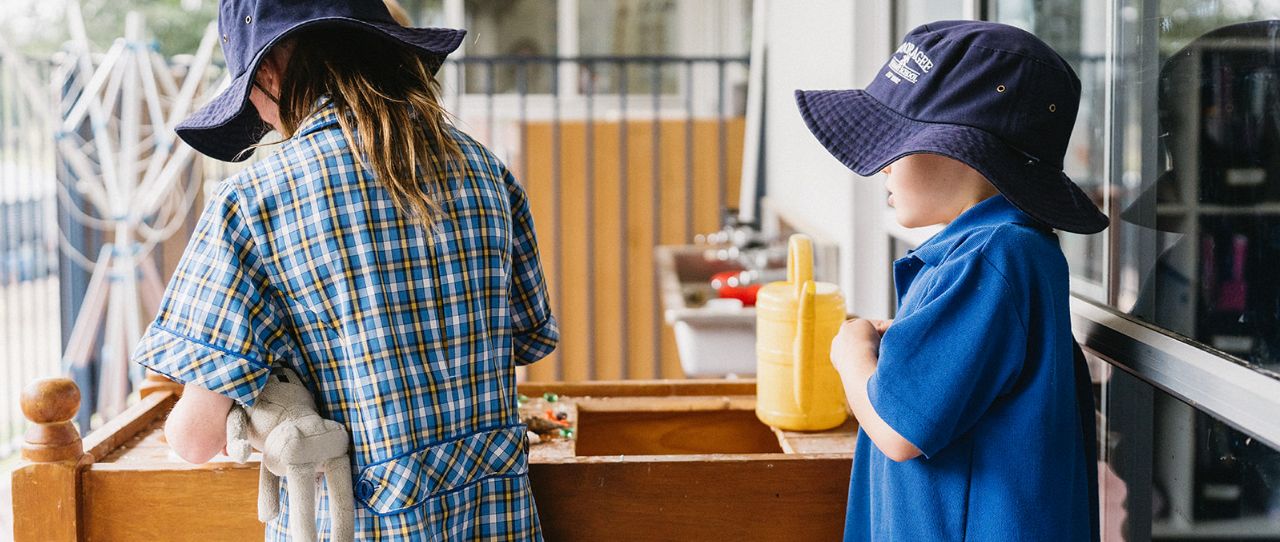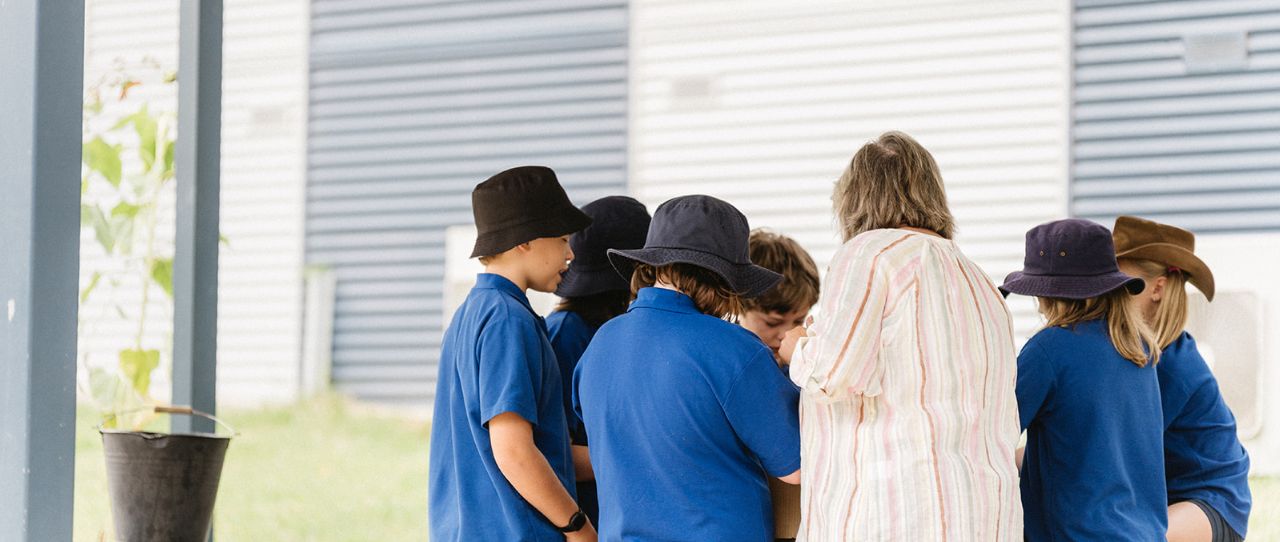Numeracy

Numeracy at Wooragee Primary School
At Wooragee Primary School, we are committed to fostering a love for mathematics through engaging, hands-on experiences and a focus on building problem-solving skills.
Our numeracy program aligns with the Victorian Curriculum 2.0 and is designed to develop the key mathematical skills and understandings necessary for students to confidently navigate the world of numbers and mathematical concepts.
Victorian Curriculum 2.0 - Numeracy Learning Areas
The Victorian Curriculum 2.0 for Numeracy is structured around several key learning areas to ensure students develop a well-rounded understanding of mathematics. These include:
Number and Algebra
Students develop a solid understanding of number operations, patterns, and algebraic thinking. They learn to work with whole numbers, fractions, decimals, percentages, and explore simple algebraic concepts.
Measurement and Geometry
This area focuses on the understanding and application of measurement concepts such as length, area, volume, mass, time, and angles. Students also explore shapes, their properties, and how to describe, compare, and analyze them in 2D and 3D.
Statistics and Probability
Students explore data collection, representation, and interpretation. They learn to calculate measures of central tendency, make predictions based on probability, and understand how data is used in real-world contexts.
Mathematical Understanding, Fluency, Problem-Solving, and Reasoning
This overarching area ensures that students develop the necessary skills to use mathematics fluently, apply mathematical knowledge to problem-solving, and reason logically. Through these elements, students connect their learning across different mathematical concepts.

Problem Solving
Problem-solving is at the heart of our numeracy curriculum. We encourage students to approach mathematical problems with a mindset of curiosity and persistence. Problem-solving allows students to connect mathematical concepts to real-life situations and practice applying their knowledge creatively and flexibly.
Through engaging in problem-solving tasks, students build confidence in their abilities to tackle complex challenges. They are encouraged to ask questions, analyse problems from multiple angles, and collaborate with peers to develop strategies for finding solutions.

Struggle Time: Embracing Challenges
At Wooragee Primary School, we view “struggle time” as an essential part of the learning process. We recognize that encountering difficulties or challenges during problem-solving tasks is a natural part of developing mathematical thinking. Rather than avoiding struggle, we embrace it as a vital step toward growth.
During struggle time, students are encouraged to persist and try multiple strategies to overcome obstacles. This approach fosters resilience, determination, and a deeper understanding of mathematical concepts. Teachers are there to support students through their challenges, providing guidance and encouragement, while also allowing students the space to experience the learning process independently.
Maths Mindsets
We believe in cultivating a growth mindset in all of our students when it comes to mathematics. This mindset encourages students to view their mathematical abilities as something that can grow and improve with effort, practice, and persistence.
Key principles of a positive maths mindset include:
- Mistakes are part of learning: Students are encouraged to see mistakes as valuable opportunities to learn and improve.
- Effort leads to growth: By putting in effort and practicing consistently, students can overcome challenges and improve their skills.
- Everyone can succeed: We foster an environment where every student believes that they can succeed in mathematics, no matter where they start.
- Maths is for everyone: Students are encouraged to develop a positive relationship with maths, seeing it as an exciting subject to explore rather than something intimidating.
Through our numeracy program, Wooragee Primary School aims to build confident, capable, and resilient mathematicians who are equipped to face the challenges of the future.
For more information about the Victorian Curriculum 2.0 and its approach to numeracy, please visit the Victorian Curriculum and Assessment Authority (VCAA) website.
Bond Blocks
At Wooragee Primary School, we use Bond Blocks as an effective intervention tool for students who are struggling with key mathematics concepts.
Bond Blocks provide a hands-on, visual approach to learning that helps students develop a deeper understanding of number sense, patterns, and operations. By engaging with these tactile learning resources, students are able to break down complex concepts into manageable steps, improving their confidence and competence in mathematics.
This intervention program supports students at their individual levels, ensuring they receive the targeted assistance they need to succeed.